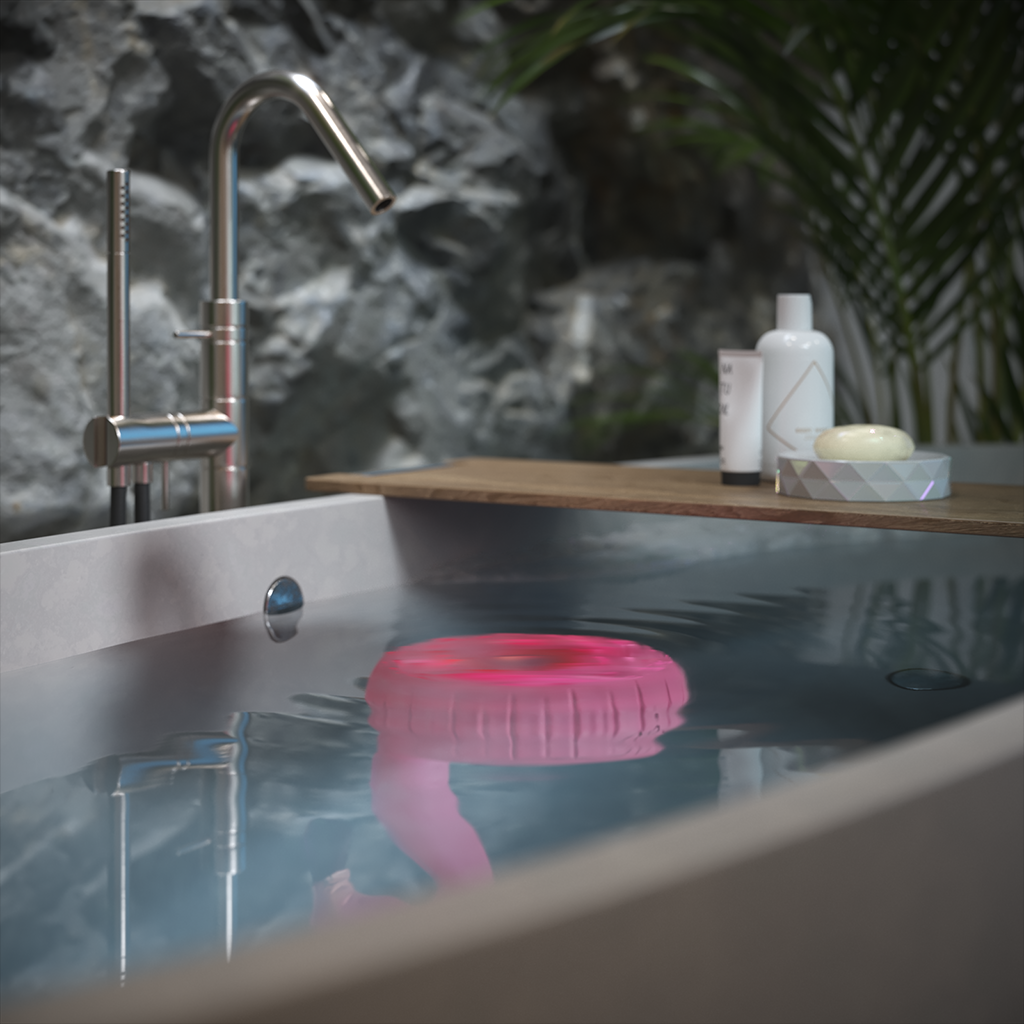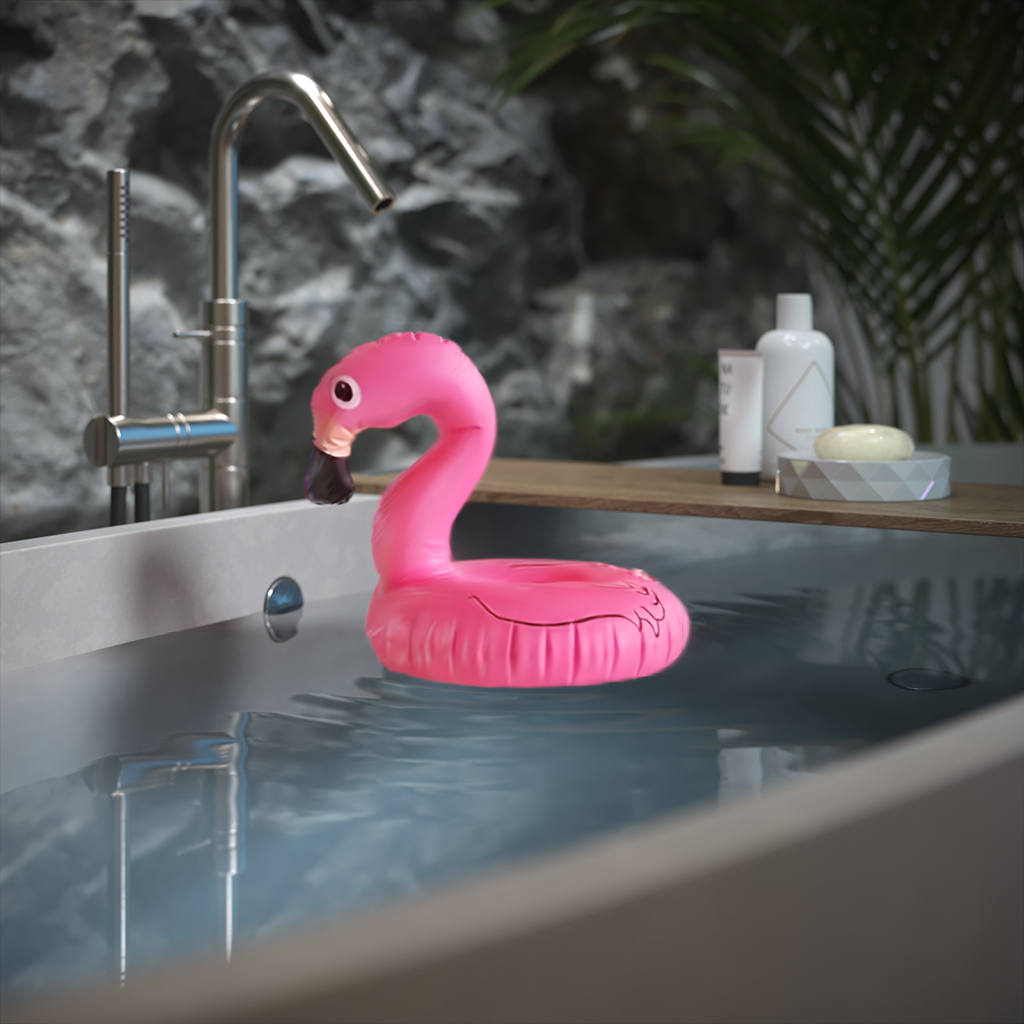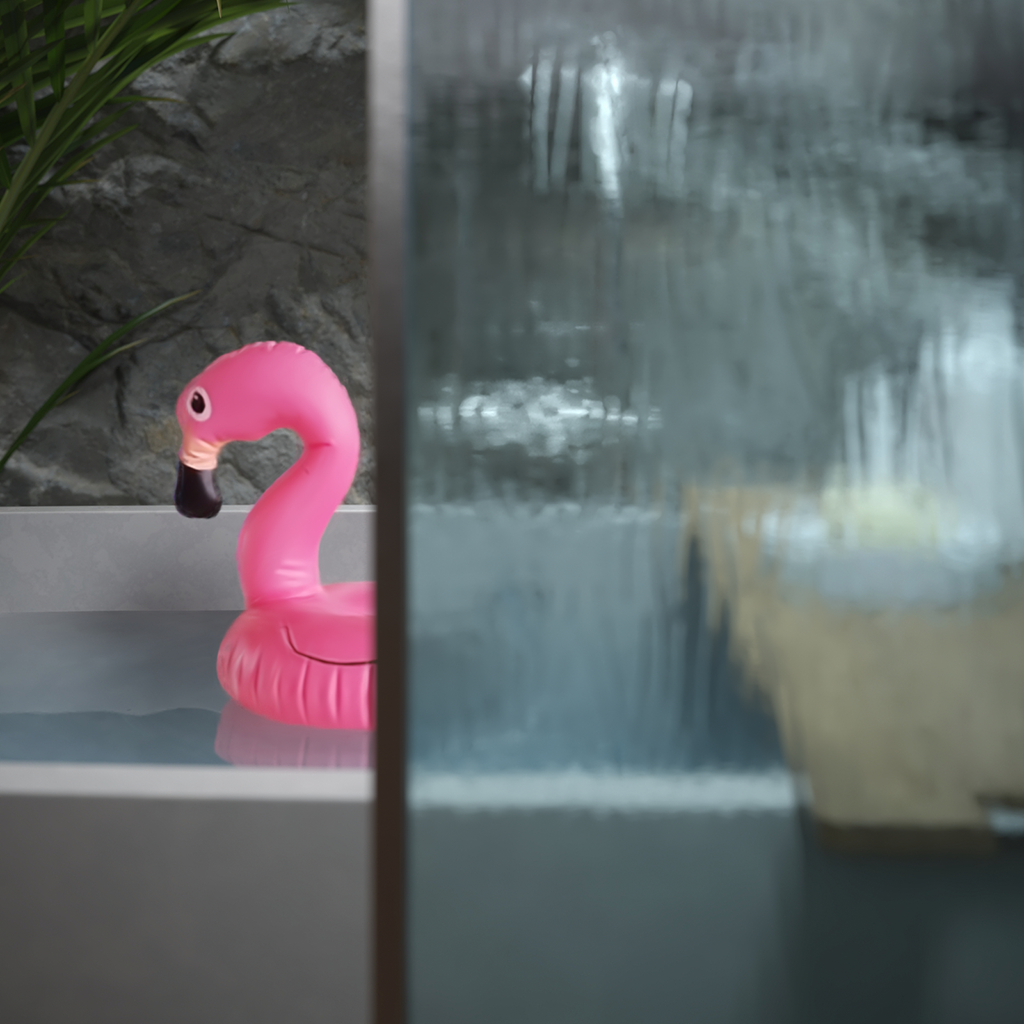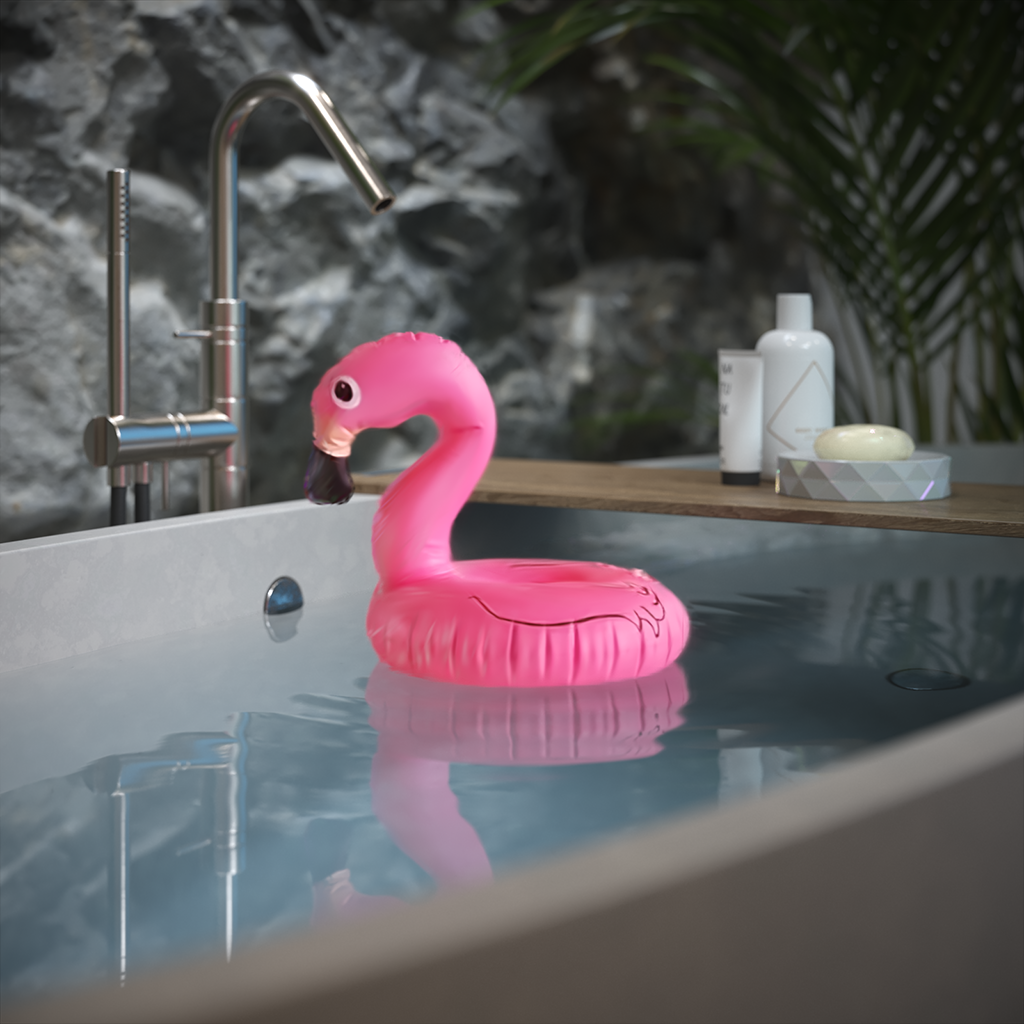This page provides information about Gaussian Splat objects in V-Ray for Rhino.
Overview
3D Gaussian Splatting is a method used to create a 3D scene from images or videos. It requires several pictures of an object, each taken from a different angle. With Gaussian Splatting, the images are blended to produce a detailed, three-dimensional representation of the object. Instead of depicting the scene as a collection of meshes, a Gaussian splat represents the scene as a type of point cloud, where each point is a 3D Gaussian.
Gaussian splats help you create a realistic environment for your scenes.
This feature is not yet available in V-Ray GPU.
UI Paths
||V-Ray Asset Editor|| > Geometries (right-click) > Gaussian Splat
||V-Ray Asset Editor|| > Create Asset (left-click) > Geometries > Gaussian Splat
||V-Ray Objects Toolbar|| > Import Proxy (left click)
V-Ray menu > Objects > Import Proxy...
Parameters
Gaussian Splat – Turns on the Gaussian splat. This option also turns off the export of the Gaussian splats to a .vrscene.
File – Loads the Gaussian splat file. Currently, only .ply files are accepted.
Preview Type – Specifies the viewport preview mode. This does not affect the final render.
Reduced Points
All Points
Bounding Box
Point (Origin)
Custom Preview
Preview Percentage – Limits the number of preview points displayed in the viewport. Use this to optimize the viewport performance.
Scale Factor – Scales the Gaussian splat up and down.
Flip Axis – Changes the Up axis by rotating the object.
Color – Specifies a filter color for the splat. By default, the Color is white, which does not affect the splat.
Intensity – Increases or decreases the Color multiplier for the Gaussian splat.
RGB Primaries – Specifies the color space of the data in the Gaussian splats file. For the Gaussian Splat to be read as it was written, select the respective input color space - sRGB, ACEScg or Raw.
Example: Scale Factor
This example shows Gaussian Splat used as an individual object - the pink flamingo floatable in this scene. It can be scaled as any other object in the scene, using the Scale parameter.
Example: Color
The Color shown on each render as a box is used as a filter for the original Gaussian Splat diffuse color.
Options
Primary Visibility – Specifies whether the Gaussian splats should be visible to the camera.
Visible in Reflections – Specifies whether the Gaussian splats should be visible in reflections.
Visible in Refractions – Specifies whether the Gaussian splats should be visible in refractions.
Casts Shadows – Enable so Gaussian splats block shadows from lights. When disabled, the Gaussian splats become transparent to shadow and GI rays. It is recommended that this option be turned off when using the Gaussian splats as environment or individual objects.
Example: Primary Visibility
The Gaussian Splat object can be hidden from camera, like any other geometry object in the scene by using the Primary Visibility option.
Example: Visible in Reflections
The Visible in Reflections option controls if the Gaussian Splat object is reflected in other objects in the scene.
Example: Visible in Refractions
The Visible in Refractions option makes the Gaussian Splat object seen by other objects in the scene that exhibit refractive properties.
Example: Casts Shadows
This example shows how the pink flamingo can produce shadows when the Casts Shadows option is enabled, and doesn't block light when it's not.





















